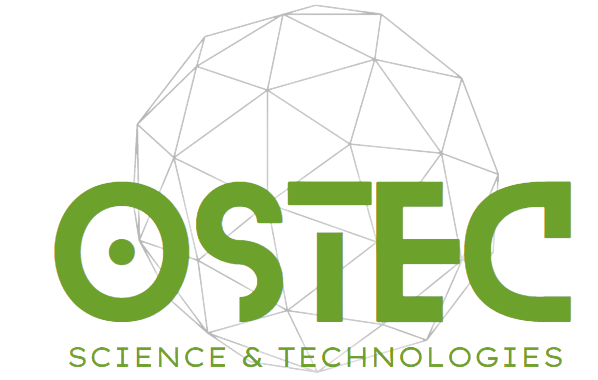One of the greatest examples of technological change is the rapid evolution of the airplane. The atom bomb and the British Industrial Revolution were the catalysts for this change. The rapid development of the airplane was also spurred by the military and the state. These are but a few of the technological evolutions that made this century such a great one. But there are many other examples that show the power of state and military innovation. Let’s take a look at some of them.
Indus Valley Civilization
There is a great deal of debate about the Indus Valley Civilization and its technology evolutions. The Indus civilization had features that are comparable to those of contemporaneous Bronze Age societies in the Old World, including Mesopotamia, Egypt, Western Asia, and the Arabian Peninsula. Moreover, Harappan trade is well documented by the historical records of Mesopotamia. In addition, there have been discoveries of artériériaux beads and pottery in Mesopotamian and Western Asian sites.
The Indus civilization was also known for its highly efficient and sophisticated urban culture. The quality of municipal town planning indicates that the people of this civilization understood the importance of cleanliness and hygiene. They built perfect grid patterns in major cities and prioritized sanitation, which prevented noise, odors, and thefts. Indus civilization agriculture also aided the urban population in producing surpluses to support the city. Indus civilization urban planning benefited from the use of a large number of technological innovations from the pre-Harappan culture, such as the use of the plough and the earliest examples of scientific roads.
British Industrial Revolution
The first step in the British Industrial Revolution was improving the country’s transportation system. The country had a dense population for its size, and its enclosure of common land made labour readily available. Local supplies of iron, copper, and coal made industrial development possible. In addition, the British built railways, canals, and waterways that improved transportation. This facilitated the spread of new ideas and products around the country.
The industrial revolution in Britain helped the country’s economy develop rapidly and lead to rapid urbanisation. The East Anglia woollen cloth industry was the main employer in this region, and its products were exported through the port in London. The port was responsible for a quarter of London’s jobs. The population of London grew rapidly, from about 50,000 in 1500 to 200,000 in 1600, and a half-million by 1700. This expansion in trade with India and America also resulted in rapid growth in provincial cities.
American technological leadership
The 20th century saw many changes in the world, including profound political and technological changes. America gained technological leadership on multiple fronts, such as automobiles, steel, and electrical machinery. But the technological leadership of the United States declined after the end of the Cold War, mainly due to a shift from high to mass production and R&D. This shifted the focus from innovation in the U.S. to the world’s largest economy, and it impacted the role of small entrepreneurial firms in bringing new technologies to market.
As a nation, the United States has valued individual creativity and ingenuity. The spirit of invention has helped shape the nation. American science, engineers, and inventors have contributed to this nation’s success. The heyday of American science was from the late 19th century to the mid-20th century, when the invention of important technologies was first invented. The American spirit in science, engineering, and innovation is reflected in today’s technological development.
Favorite targets of research
During the past century, technological development has accelerated at an exponential rate, generating novelties and advancing the state of the art in previously unexplored fields. In some cases, novel areas were created entirely through the application of scientific research. In these cases, favorite targets of research are the interactions between military needs and the funding of new, innovative technologies. The following are a few of the areas where research is being focused.

